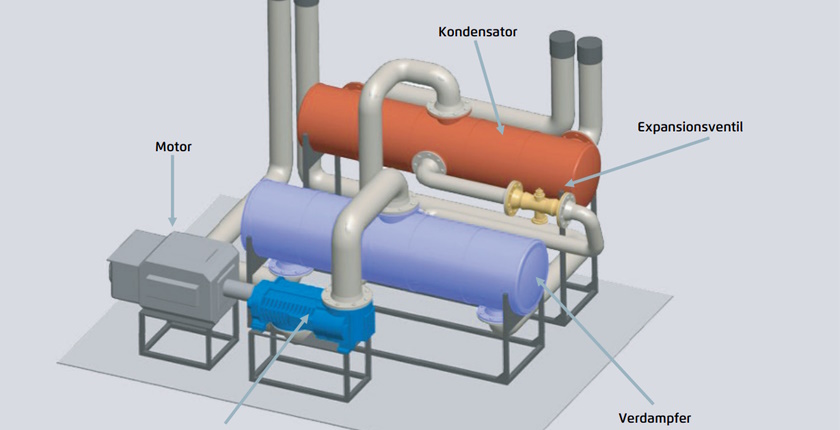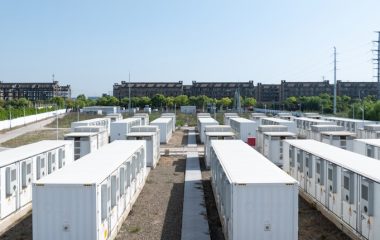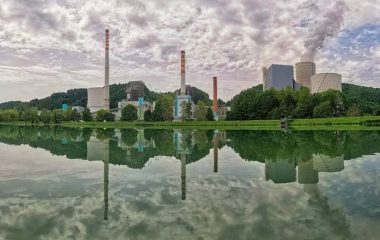
Photo: Fraunhofer IEG (2023)
Large-scale heat pumps have the potential to cover the entire heat demand of up to 200°C in Germany, which includes the heating and hot water needs of buildings, but also about one-third of the industrial process heat. It is equivalent to 75% of the country’s natural gas consumption. To achieve this, however, Germany would need to greatly accelerate the installation of new capacities.
According to a new study commissioned by think tank Agora Energiewende, and conducted by Fraunhofer, Germany would need to add as much as 4 GW of large-scale heat pumps a year by 2045. Currently, the country has only 60 MW of installed capacity, with a further 600 MW under development.
Germany needs to add as much as 4 GW of capacity a year
Heat potential in Germany is offered by geothermal energy, lake and river water, industrial waste heat, wastewater, coal mines, and data centers, and it far exceeds the demand, the study finds.
The overall potential output that heat pumps can provide from carbon-free sources is about 1.5 billion kWh, compared with annual heat demand for temperatures up to 200°C of slightly over 1 billion kWh.
Overcoming technical, economic and regulatory hurdles
The study, however, notes that currently only a few units on the market can reach temperatures above 130°C, stressing that technical innovations can enhance performance in terms of achieving higher target temperatures.
Another challenge is economic viability. In this sense, the study highlights the need for standardization and scaling up the production of heat pumps.
Müller: Germany must make heat pumps attractive to district heating plants
Large-scale heat pump projects must be made more attractive for district heating operators compared to fossil-fuel solutions. According to Simon Müller, director of Germany at Agora Energiewende, there are still disadvantages for electricity-powered large heat pumps compared with fossil-fueled cogeneration plants when it comes to subsidies.
In addition, the country needs to expand its heat network by adding an average of 800 kilometers of new heat routes a year by 2045, compared to an increase of 423 kilometers in 2020, according to the study.
The study also calls on the government to impose planning requirements on municipalities when it comes to heating.









Be the first one to comment on this article.